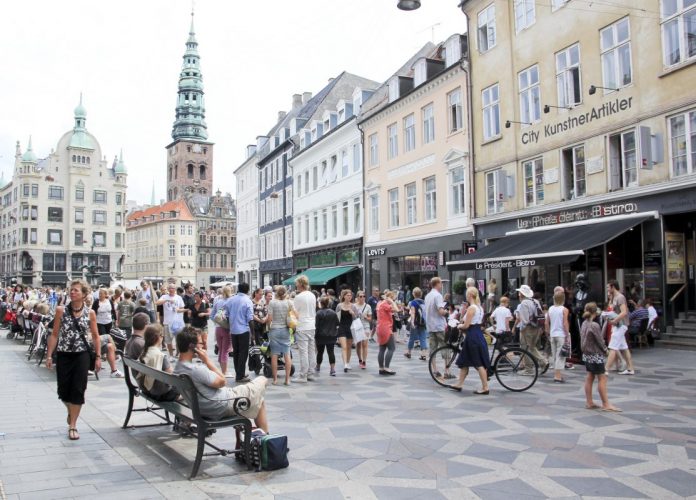Sustainable cities are a key focus for Denmark, says Danish Minister for the Environment Kirsten Brosbøl
The world is changing and we have to change along with it. Cities need to be sustainable and adapted to a future with scarce resources. We have to change the way we live, the way we produce goods, and the way we consume.
We live in a global society – a society facing massive challenges in the years to come. Climate change, scarcity of resources, and a growing pressure on the environment constitute the reality that we all will be affected by.
I believe it is essential that we develop and adapt our society to the conditions and the reality of tomorrow. And to me sustainability is the way forward.
I do not expect the transition to be easy, but I believe it is possible. We cannot create a sustainable world without creating more sustainable cities. Our cities are growing – and they are growing fast. In 2050, 3 out of 4 Danes will be living in the major cities. That is an enormous challenge. But if we design our cities in a sustainable and energy efficient manner, we can achieve both environmental and economic efficiency, and at the same time create cities with a high degree of livability for future generations.
The changes we create and the investments we make in our cities now will set the course for generations to come. I believe we have to start making changes today.
The need for sustainable urban development
The UN predicts that 70 % of the world population will be living in cities in 2050. The urbanisation and the growing global population and consumption will inevitably lead to a strong pressure on the planet’s resources, the climate and the environment, and that will create huge problems due to overexploitation of the ecosystems. Therefore, the cities represent our biggest challenges, but also many of the possible solutions to our future challenges.
We need to focus on creating cities, which are adapted to climate change, but still remain attractive and healthy cities that support economic growth, prosperity and employment.
The World Bank wrote in its urban and local government strategy: Cities can be efficient, but are not always designed that way. That is precisely, why we have to start changing the way we think today, not tomorrow.
The Danish way
Cities consist of complex environmental, social and economic networks that are developed and operated in collaboration between the authorities, the private actors and the citizens.
In Denmark we have a long tradition for involving the public and private actors in city planning. I believe that the inclusion of citizens and business in this process is crucial in order to plan for better and greener solutions and to bring the changes into life.
We must focus on everyday life and on how to make it easy and more attractive for both the public and private sector to become more sustainable. The best examples on urban sustainable solutions are the ones that are well-balanced between the interests of the common goods and of the markets. To me that is an absolutely necessary focus to have when creating sustainable cities.
Many cities worldwide are affected by more and more rain. In the Danish city of Roskilde, the local water company and municipality have taken a new approach on handling the climate adaption. As extremely heavy rainfalls only occur quite rarely, the municipality has built a skating and activity park, which holds the water in case of heavy rain, thus avoiding flooding by diverting excess water from the streets into the activity park’s many channels. When it is not raining, the park contributes to a vibrant urban environment.
Another worldwide problem is resource scarcity. ”The Kalundborg Symbiosis I Denmark” is a unique project between private companies and the local municipality. The principle of the collaboration is the sharing of resource and waste streams. In this case, one company’s waste or by-product becomes another company’s resource. Through this cooperation, companies’ competitiveness is strengthened, the production becomes greener, the amount of waste and residuals is limited, and the need of new resources is reduced.
Copenhagen CO2 neutral by 2025
Copenhagen aims to be the first CO2 neutral capital in the world by 2025, and our capital has won the European Green Capital Award for combining sustainable solutions with economic growth and quality of life.
In Copenhagen, the bicycle is the favourite form of transport for many people. This is extremely good for the environment and the public health as more calories are being burned and less fossil fuel emitted. But when asked why people prefer their bicycle to a car, the answer is often related to neither health nor the environment. It is because it is by far the easiest and cheapest way to travel in Copenhagen.
In many ways, that very comment from the people of Copenhagen is what the whole discussion of sustainability is all about: If we want to succeed in creating a sustainable world, we need to make the sustainable way of living the most attractive alternative.
Kirsten Brosbøl
Minister for the Environment
Danish Ministry of the Environment











